American Beech Lumber
- June 27, 2023
- 0 comment
American Beech Lumber is a versatile and popular hardwood known for its appealing aesthetics, workability, and wide range of applications. The wood typically showcases a pale cream to light brown color with a slightly reddish hue, giving it a subtle and attractive appearance. American Beech has a straight grain pattern, providing a uniform and pleasing look. Its fine to medium texture, coupled with a moderate natural luster, contributes to a smooth and refined surface when finished.
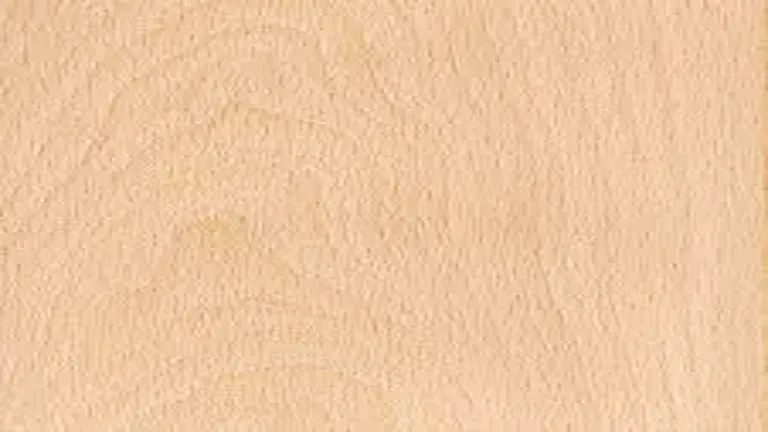
While American Beech is not naturally resistant to decay, it is highly workable. Woodworkers appreciate its excellent machinability, ease of planning, and turning capabilities. It accepts stains, finishes, and glues well, making it suitable for achieving various desired aesthetics. However, its density may require extra care to prevent tool blunting during woodworking processes.
In terms of sustainability, American Beech is considered a reliable choice. It is abundant throughout its natural distribution in Eastern North America and is not listed in the CITES Appendices or the IUCN Red List of Threatened Species. Responsible forestry practices are encouraged to ensure the long-term health and sustainability of American Beech forests. American Beech finds widespread use in the woodworking industry. It is commonly employed in furniture, cabinetry, flooring, millwork, veneer, and turnings. The light color and even grain of American Beech provide a versatile canvas for staining and finishing, allowing woodworkers to achieve various desired appearances.
| Common Name(s) | American Beech |
|---|---|
| Scientific Name | Fagus grandifolia |
| Distribution | Eastern North America |
| Tree Size | 60-80 ft (18-24 m) tall |
| Average Dried Weight | 45 lbs/ft^3 (720 kg/m^3) |
| Specific Gravity | 0.72 |
| Janka Hardness | 1,450 lbf (6,440 N) |
| Modulus of Rupture | 15,200 lbf/in^2 (105 MPa) |
| Elastic Modulus | 1,830,000 lbf/in^2 (12.62 GPa) |
| Crushing Strength | 7,940 lbf/in^2 (54.7 MPa) |
| Shrinkage | Radial: 4.9%, Tangential: 9.8%, Volumetric: 14.7%, T/R Ratio: 2.0 |
Characteristics
Color/Appearance
American Beech wood typically has a pale cream to light brown color with a slightly reddish hue. It may exhibit a consistent tone throughout the wood or feature darker streaks, resulting in a subtle and appealing appearance.
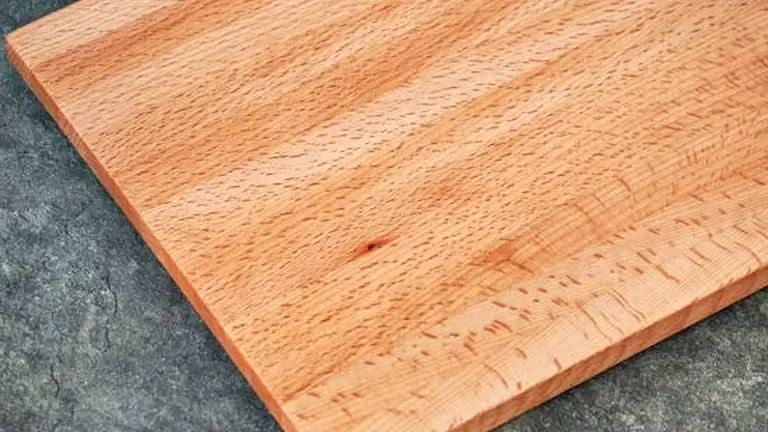
Grain/Texture
The grain of American Beech is generally straight, giving it a uniform and pleasing appearance. It has a fine to medium texture with a moderate natural luster, contributing to its smooth and refined surface when finished.
Rot Resistance
American Beech is not naturally resistant to decay and is susceptible to fungal attacks and insect infestations. Proper treatment and finishing techniques are essential to enhance its durability and protect it from moisture-related issues.
Workability
American Beech is known for its excellent workability. It is easy to machine, plane, and turn, allowing for precise shaping and detailing. The wood accepts stains, finishes, and glues well. However, care must be taken to avoid blunting tools due to their density.
Odor
American Beech typically has no characteristic odor when freshly cut.
Allergies/Toxicity
There are no known allergies or toxic reactions associated with American Beech wood. However, as with any wood dust, proper dust control measures should be followed to minimize potential respiratory irritation.
Pricing/Availability
American Beech is generally considered a moderately priced hardwood. It is widely available throughout its natural range and in the commercial market, making it accessible for various woodworking projects.
Sustainability
American Beech is considered a sustainable choice for woodworking. It is abundant in its natural distribution and is not listed in the CITES Appendices or the IUCN Red List of Threatened Species. Harvesting practices should follow responsible forestry guidelines to ensure the long-term health and sustainability of American Beech forests.
Common Uses
- Furniture – American Beech is widely used in furniture making due to its versatility and attractive appearance. It is often crafted into tables, chairs, desks, cabinets, and other types of furniture. Its pale color and even grain make it a suitable choice for both contemporary and traditional furniture designs.
- Cabinetry – American Beech is a popular choice for cabinetry, including kitchen cabinets, bathroom vanities, and storage units. It can be used for both the exterior and interior components, providing a clean and seamless look. American Beech’s even grain and light color can be enhanced through staining and finishing to achieve desired aesthetics.
- Flooring – American Beech is utilized in flooring applications, offering a durable and visually appealing option. It can be milled into solid hardwood flooring or used as a veneer over engineered flooring. It’s light color and fine grain provide a neutral backdrop that complements various interior design styles.
- Millwork – American Beech is often used for millwork, which includes interior trim, moldings, and architectural details. Its workability and ability to hold fine details make it suitable for creating intricate profiles and decorative elements. American Beech millwork adds a touch of elegance and refinement to interior spaces.
- Veneer – American Beech can be sliced into thin veneer sheets, which are used to cover surfaces of furniture, cabinets, and paneling. The veneer showcases the wood’s natural grain pattern and color, allowing for consistent appearances in large-scale projects.
- Turnings – American Beech is favored by woodturners for creating turned objects such as bowls, spindles, and decorative items. Its workability and light color make it a versatile material for showcasing intricate details and fine craftsmanship.
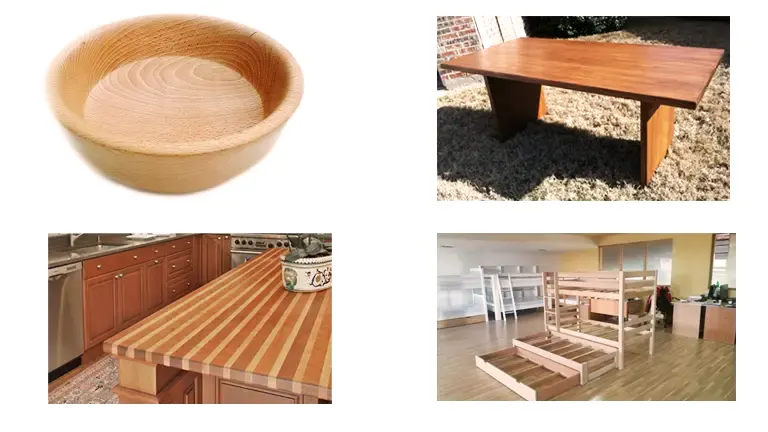
Frequently Asked Questions
- What is American Beech Lumber?
American Beech Lumber refers to wood derived from the American Beech tree (Fagus grandifolia). It is a hardwood species native to North America and is valued for its fine grain, pale color, and versatility in various woodworking applications. - What are the common uses of American Beech Lumber?
American Beech Lumber is used in a wide range of applications, including furniture making, cabinetry, flooring, millwork, veneer production, and woodenware. Its consistent grain and light color make it a favorite among woodworkers for both structural and decorative purposes. - Is American Beech Lumber readily available?
American Beech Lumber is generally available, but its availability may vary depending on the region and current market conditions. It is not as abundant as some other hardwoods, so its price and availability can fluctuate. - What are the characteristics of American Beech Lumber?
American Beech is known for its pale, creamy white to light reddish-brown color. It has a fine, uniform grain that gives it a smooth and attractive appearance. The wood is moderately hard and has good dimensional stability, making it suitable for a variety of woodworking projects. - Is American Beech Lumber easy to work with?
Yes, American Beech is considered relatively easy to work with using both hand and machine tools. It machines well, takes finishes and stains nicely, and is often used for carving and turning due to its workability. - Is American Beech Lumber sustainable?
American Beech is generally considered a sustainable hardwood choice. However, it’s essential to ensure that the lumber you purchase is sourced responsibly. Look for certifications like FSC (Forest Stewardship Council) to guarantee that the wood comes from well-managed forests.
We’d love to hear from you! Share your personal experiences and thoughts about American Beech Lumber in the comments section below. Your insights could help fellow woodworkers make informed decisions!


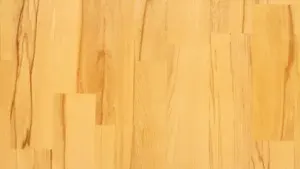
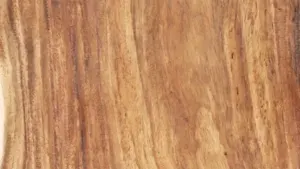

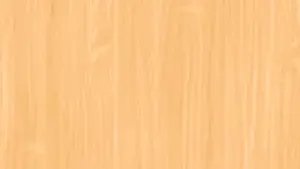

Leave your comment